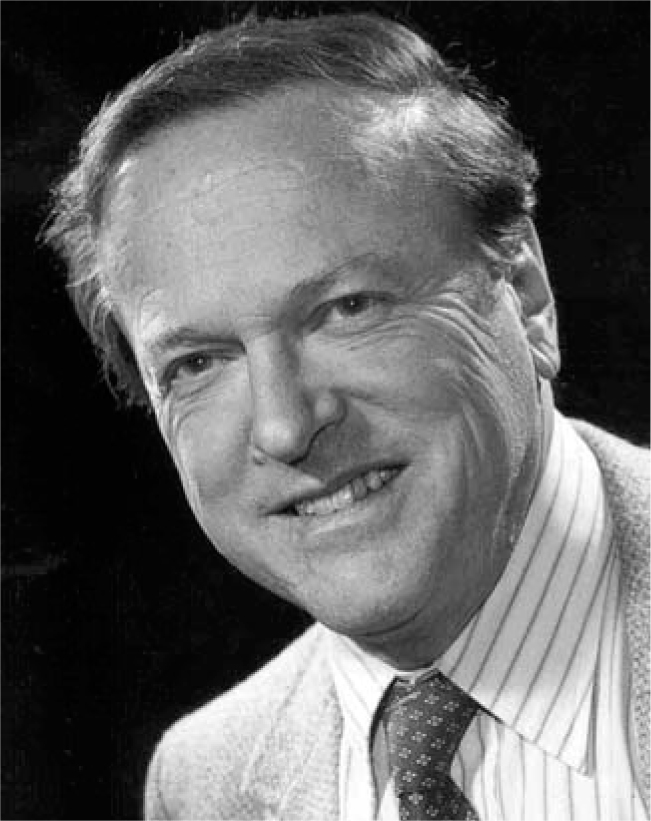Thomas Gold
DOI: 10.1063/1.1897530
Thomas Gold, professor emeritus of astronomy at Cornell University, died on 22 June 2004, in Ithaca, New York, of complications from a heart attack. One of the great cosmic thinkers in the past six decades, he questioned with confidence and without hesitation many fundamental physics assumptions. He was an “ideas” man of enormous breadth who many times succeeded in finding the right solutions to prominent problems, such as the nature of pulsars and the mechanism of hearing.
Tommy was born in Vienna, Austria, on 22 May 1920. When he was 13, he moved with his family to Berlin, Germany. His family subsequently fled Hitler’s Germany for London because Tommy’s father was of Jewish heritage. Tommy attended a boarding school in Zuoz, Switzerland, and, in 1938, went to Cambridge University as a mechanical engineering student. But when Britain declared war on Germany in 1939, his Austrian citizenship landed him in an enemy alien camp in Canada. He was soon returned to England and was appointed to the British Admiralty Signals Establishment, where, for the rest of the war, he designed radar detection systems, partly in collaboration with Hermann Bondi and Fred Hoyle. He received his BA in mechanical engineering in 1942.
Shortly after the war, while a graduate student at Cambridge, Tommy created a model of a positive feedback mechanism in the inner ear to explain the theory of hearing. Other scientists disregarded that work for many decades, but modern theories of hearing incorporate much of it. Gold, Bondi, and Hoyle developed the controversial cosmological theory called the steady state theory, in which the universe maintains a constant appearance, despite its expansion, by creating new matter. The theory had no adjustable constants and was beautiful, even though observations have since disproved it.
Tommy accepted a professorship at Harvard University in 1957. He then moved to Cornell in 1959 to build a modern department of astronomy from an almost nonexisting one. He fostered interdisciplinary research as the founder and first director of Cornell’s Center for Radiophysics and Space Research. During his 20 years in that post, the Arecibo Observatory was built in Puerto Rico and is operated by Cornell. Although the observatory was initially designed by Bill Gordon, a Cornell engineering professor, for ionospheric backscatter, Tommy guided its use for radio astronomy.
His fertile mind led him into many fascinating areas of research, such as the alignment of galactic dust, the instability of Earth’s axis of rotation, the dusty lunar surface, the Sun’s cosmic rays, and plasmas and magnetic fields in the solar system. Other areas that caught his interest were the origin of solar flares, the nature of time, molecules and masers in the interstellar medium, rotating neutron stars and the nature of pulsars, terrestrial sources of hydrocarbons, and the deep Earth biosphere. Starting in 1961, he discussed the formation and abundance of interstellar molecular hydrogen and pointed out its dynamical importance very close to the Galactic Plane. He was a central figure with NASA during the Apollo Moon missions but disagreed with the agency on several topics and voiced his opposition to the excessive use of humans in space. As early as 1955, he had pointed out that the lunar surface could not be pristine rock. He estimated the thickness of Moon dust; it was a slight overestimate but a good antidote to those who had ignored a loose surface entirely.
In 1969, Cambridge awarded Tommy a DSc in recognition of his record of research and publication. He was appointed the John L. Wetherill Professor of Astronomy at Cornell in 1971 and spent the rest of his career at the university until his retirement in 1986.
Perhaps Tommy’s greatest contribution came when pulsars were discovered and he explained them as rotating neutron stars, an explanation that has proven correct. However, some of his ideas that have not yet been accepted are still stimulating and thought provoking. One example is his work on the Arrow of Time in terrestrial phenomena, which he claimed is controlled by the direction of the expansion of the universe. Another is his conjecture of very slow accretion onto some cold protostars, which might produce cold white dwarf stars without any hydrogen burning. A more recent idea was that fuel in the form of methane and other hydrocarbons originates deep within Earth as remnants of material included in the planet’s formation. He wrote two books on this subject: Power from the Earth (Orion, 1987) and The Deep Hot Biosphere (Copernicus, 1999). The second discusses microbiology in deep cracks in Earth. Many geologists disagree with the ideas presented in these works, but the concept of “life in cracks” seems to be fairly well accepted.
Among many honors, Tommy was a fellow of the Royal Society. He received the Gold Medal of the Royal Astronomical Society in 1985.
In his leisure time, Tommy was a competitive skier, both on snow and water. He was also a master carpenter. Whatever project he undertook, he did with enthusiasm and confidence. Many of his ideas were of fundamental importance to physics and astronomy, and those that have survived have been outstanding contributions.

Thomas Gold
DEPT. OF ASTRONOMY, CORNELL U.

More about the Authors
Yervant Terzian. Cornell University, Ithaca, New York, US .
Edwin E. Salpeter. Cornell University, Ithaca, New York, US .
